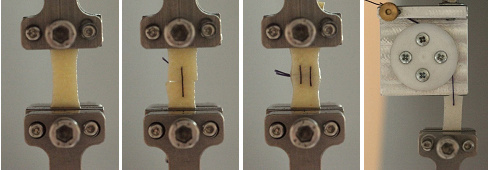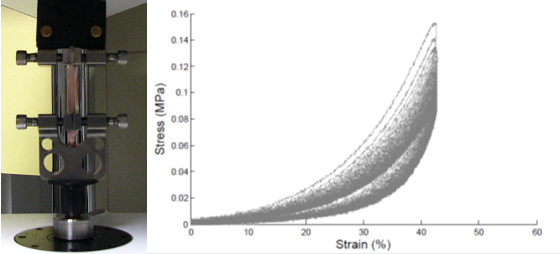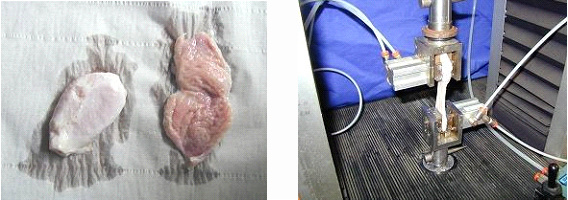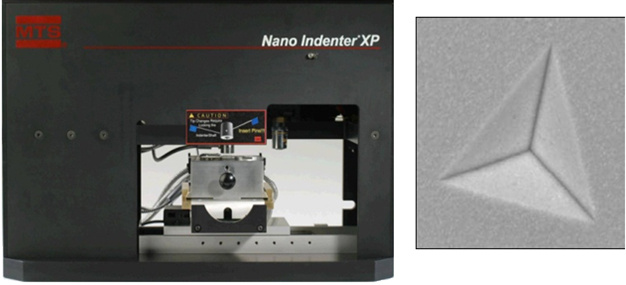Biological structure mechanics
- Mechanical characterization of human acellular dermis
- Mechanical characterization of human bladder
- Nanoindentation - Characterization of biomedical materials and nanodevices
Mechanical characterization of human acellular dermis
Skin substitutes have a significant medical relevance in relation to patients with infections, large and open wounds, deep burns wounds, ulcers, and sores which don’t heal properly. Acellular allografts are made of cadaveric dermis serving as a scaffold for the recipient tissue’s ingrowth.
Ex vivotests allow to measure properties which cannot be studied in vivo:
- tissue layers can be separated and evaluated independently;
- it is possible to perform destructive tests;
- changes in biomechanical behavior produced by alterations of the skin’s histo-architecture can be assessed.
Moreover, the characterization of dermis allografts has a significant impact on the development of new engineered tissue, as it offers a ‘gold standard’.

Mechanical characterization of human bladder
Mechanical characterization of the lateral wall, the trigone and the anterior wall of human bladder removed for invasive neoplasm.


Nanoindentation - Characterization of biomedical materials and nanodevices
Nanoindentation has emerged as an important method for materials characterization. Thanks to this technique based on the relation between load applied by an indenter and the penetration depth of the latter, the material response is evaluated. Nanoindentation can be used on a wide variety of materials, from metal alloy used for prosthesis to polymeric gels used in tissue engineering. In our labs the mechanical response of microsphere and nanosphere is being evaluated, as well as the mechanical behaviour of luting agents used in implant dentistry and human acellular dermis.
The flexibility of this technique enables also the evaluation of mechanical properties of thin layers deposited on substrates: for example scratch tests allow to evaluate coating quality and friction coefficients.

